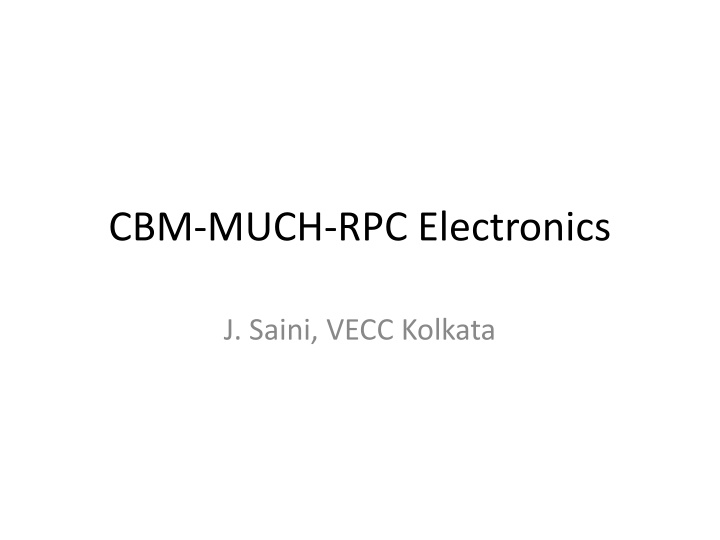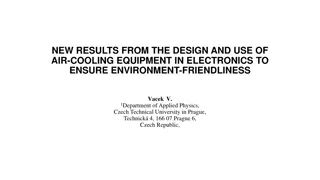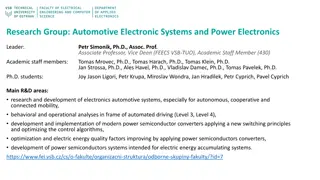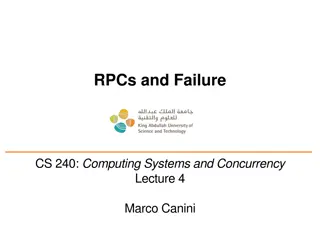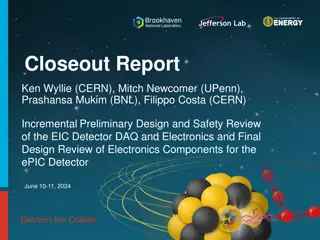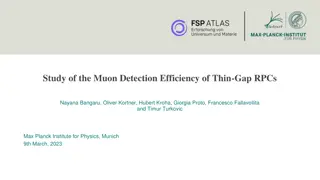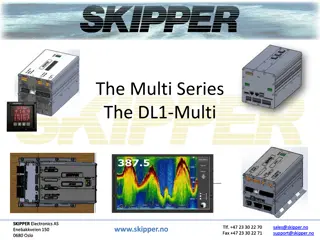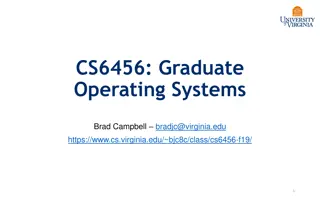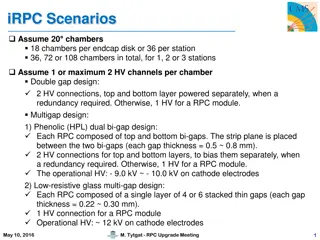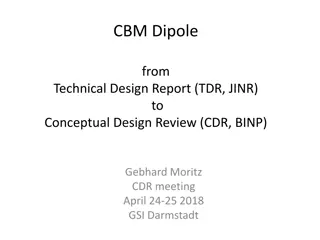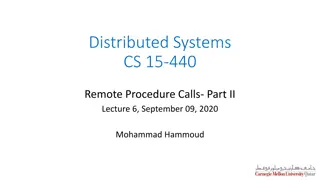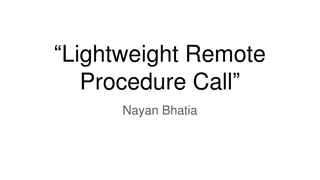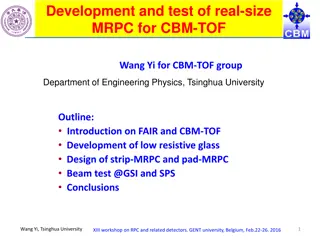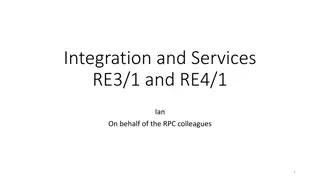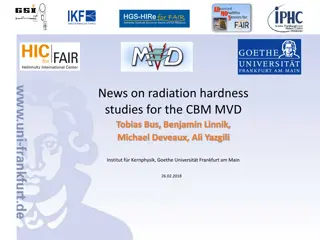CBM-MUCH-RPC Electronics
In this study, the setup analysis of CBM-MUCH-RPC Electronics in VECC, Kolkata is presented. The setup includes readout chain for the RPC detector, COSY test beam preparation with PADI, present lab setup of RPC-PADI, and results indicating efficiency levels. Details include comparisons between CSA (MUCH-XYTER) and current-sensitive PADI, as well as calculations for the number of pads across different degrees and sizes. The findings suggest the viability of using PADI along with RPCs for various test beam setups.
Download Presentation

Please find below an Image/Link to download the presentation.
The content on the website is provided AS IS for your information and personal use only. It may not be sold, licensed, or shared on other websites without obtaining consent from the author.If you encounter any issues during the download, it is possible that the publisher has removed the file from their server.
You are allowed to download the files provided on this website for personal or commercial use, subject to the condition that they are used lawfully. All files are the property of their respective owners.
The content on the website is provided AS IS for your information and personal use only. It may not be sold, licensed, or shared on other websites without obtaining consent from the author.
E N D
Presentation Transcript
CBM-MUCH-RPC Electronics J. Saini, VECC Kolkata
Readout Chain for the RPC detector Beam Hall Green Cube FEE Board RPC PADI GET4 ASIC Detector Electronics PC/Computing Node CRI Board ROB-3 (GBTx Board)
CSA (MUCH-XYTER) option as compared to Current sensitive PADI Charge output of RPC CSA available in ASIC with CBM DAQ chain is STS/MUCH-XYTER Dynamic range of MUCH-XYTER ~60FC Attenuation required more then 50 times and general capacitive attenuator will introduce large noise as capacitor to ground will be 50 times large. Active attenuation required where PADI itself can act as the attenuator. ~ 1PC and above
COSY Test Beam preparation with PADI PADI doesn't have pulse stretcher at the digital output stage hence LVDS to other logic conversion circuits were not responding to low level signals from RPC. As timing ASIC GET4 was unavailable for the Beam time, we decided to make PADI specific discriminator to convert output LVDS to NIM pulse.
Present Lab setup of RPC-PADI Sint1 PADI Discriminator with NIM signal out RPC Detector Electronics Sint2 Coincidence 3 Fold Coincidence 4 Fold Sint3 Scaler
Picture of the setup RPC Detector Scintillators Discriminator PADI-Electronics Scaler and other Conventional Electronics Used THS4520 from NINO FEE board for spark protection
Results from the setup We could get efficiency of ~ 94% at 10600 V from RPC-PADI combination. These logic pulses can be inserted to STS-XYTER with some attenuation and series capacitance Test beam setup is prepared without using GET4 and can be used for any other TEST-Beam using discriminator and STS/MUCH-XYTER chain. With this results, we can say that PADI can be easy used along with RPC s
Number of pad calculation At 300cms of station-3, at 5.7 degree the radius of innermost pat is 29.35cms Pad size per degree is 5.22mm 1 degree 2 degree 5 degree Size of first pad 5.2mm 10.4mm 26.1mm No of pads per plane ~28,080 Not calculated ~1,500
Total number of channels for 1 degree and price estimate for RPC electronics With 5 degree pads, total approx Channels per layer Channels per station Channels in two stations Cost estimate Cost per channel (with CRI) Total cost Too much for pad .even PCB not possible = 28000 = 84000 = 1,68,000 = 12Euro =20,21,000Euro
Total number of channels for 5 degree and price estimate for RPC electronics With 5 degree pads, total approx Channels per layer Channels per station Channels in two stations Cost estimate Cost per channel (with CRI) Total cost PCB possible in 2-layer .Cost reasonable may be = 1500 = 4500 = 9000 = 12Euro =1,08,000Euro
Conclusion PADI can be used along with RPC detector for station 3 & 4 STS/MUCH-XYTER based chain can also be used provided some active attenuator along with pulse stretcher is introduce in between
